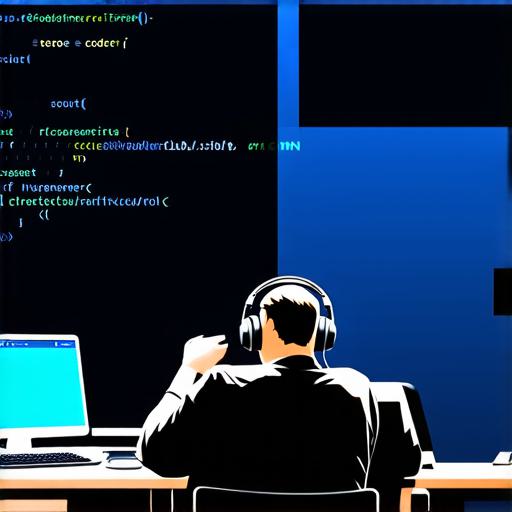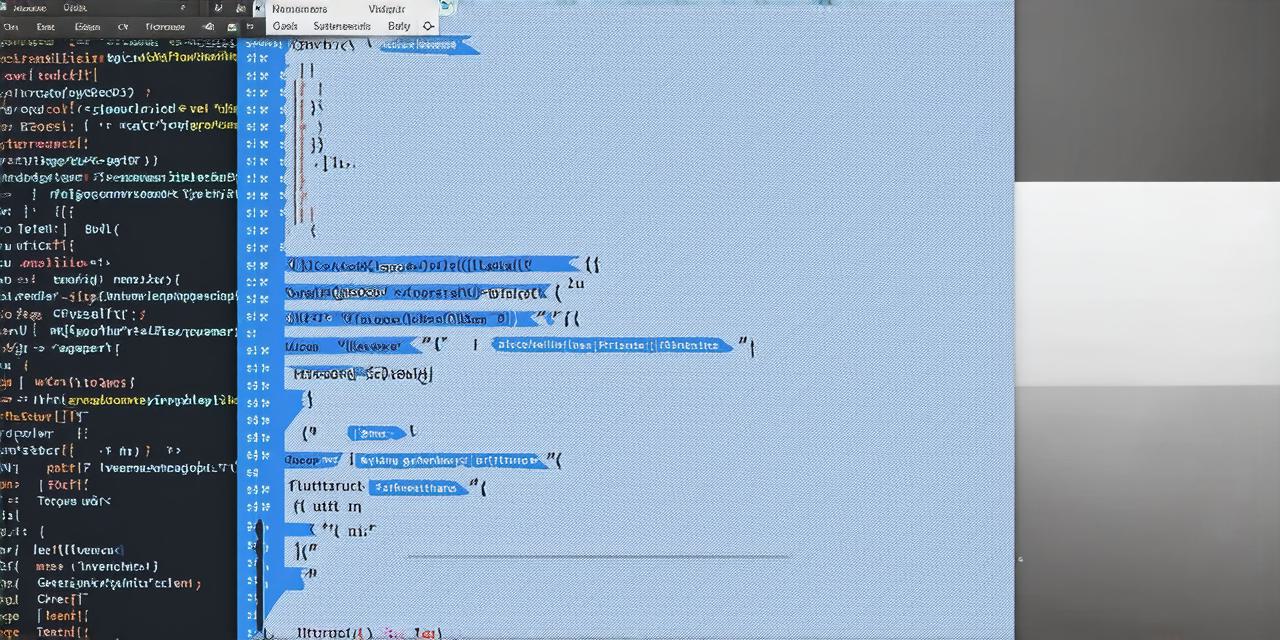
In the vast digital landscape, every pixel, every line of text, and every interactive feature you encounter on a website is the result of meticulous coding. But have you ever wondered where that code resides? Today, we’re diving into the heart of web development to uncover the answer: Where is HTML code written?
HTML, or HyperText Markup Language, is the backbone of every website you visit. It’s the language that gives structure to content on the web, enabling developers to create engaging and interactive experiences for users.
The Digital Canvas: Text Editors
HTML code is primarily written in text editors, such as Sublime Text, Atom, Visual Studio Code, or even Notepad (for the minimalists). These tools provide a simple, clean interface for developers to write, edit, and save their HTML documents.
The Power of Coding: IDEs and Frameworks
While text editors are essential, Integrated Development Environments (IDEs) like Adobe Dreamweaver or Visual Studio take it a step further. IDEs offer additional features such as code completion, debugging tools, and even visual design interfaces.
Moreover, modern web development often involves using frameworks like React, Angular, or Vue.js. These frameworks provide pre-written HTML code for common components, making it easier to build complex websites quickly.
The Art of Collaboration: Version Control Systems
As projects grow in complexity, collaboration becomes crucial. This is where version control systems like Git come into play. They allow developers to work on the same project simultaneously without overwriting each other’s changes.
From Code to Screen: The Browser
Finally, the HTML code written in text editors or IDEs is brought to life in a web browser. The browser interprets the HTML code, turning it into the visual layout you see on your screen. This transformation is made possible by the browser’s rendering engine, such as Blink (used in Google Chrome) or Gecko (used in Firefox).
The Future of HTML: Continuous Evolution
HTML is a living standard, constantly evolving to meet the needs of developers and users alike. New features are added regularly, expanding the possibilities of what can be achieved with HTML.
FAQs
1. Where can I learn HTML?
There are numerous online resources available for learning HTML, including free courses on platforms like Codecademy and W3Schools.
2. What tools do I need to write HTML code?
A text editor or IDE is essential. Some popular choices include Sublime Text, Atom, Visual Studio Code, Adobe Dreamweaver, or Visual Studio.
3. Can I write HTML without a text editor or IDE?
While it’s technically possible to write HTML in a simple text editor like Notepad, using a dedicated text editor or IDE can make the process easier and more efficient.
